
Crop Sensor vs Full Frame Sensor Lens Focal Length and Depth of Field Blackwater Promotions
APS-C cameras can be made smaller and lighter than full-frame cameras. Lens size. The image projected by a lens is a circle. A full-frame image sensor requires a larger image circle than an APS-C image sensor, which means that the glass elements inside the lens need to be bigger to cover the full sensor area.

Photography Cheat Sheet Selection [Top Infographics]
Get the lowdown on Full Frame vs APS-C camera showdown. Optimize your shots with the ideal camera image sensor for your needs
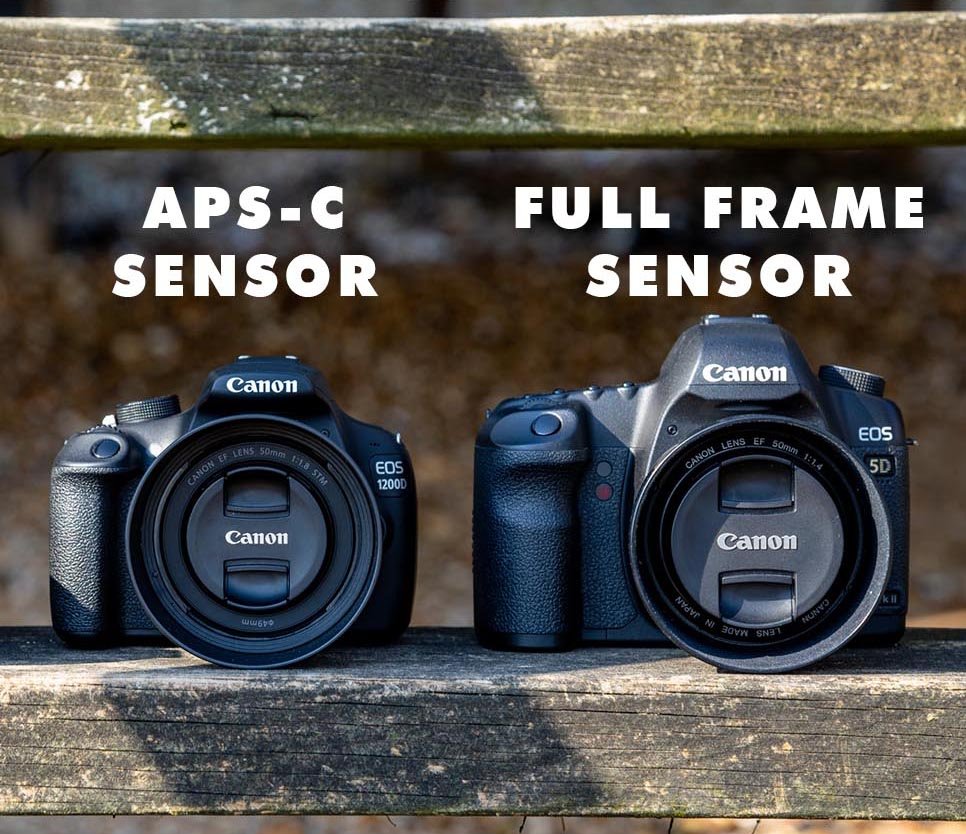
Full Frame vs APSC Image Quality is Key! — The School of Photography Courses, Tutorials & Books
Comparing Megapixels in Full-Frame vs APS-C Sensor. Let's return to the snowy owl photos taken with a full-frame and in the APS-C/Super 35-mm mode on the Sony A7RIII. The full-frame image is 42.2MP. The photo taken with the reduced APS-C sensor has only 17.8MP. The latter is still respectable, especially for sharing photos online or small.
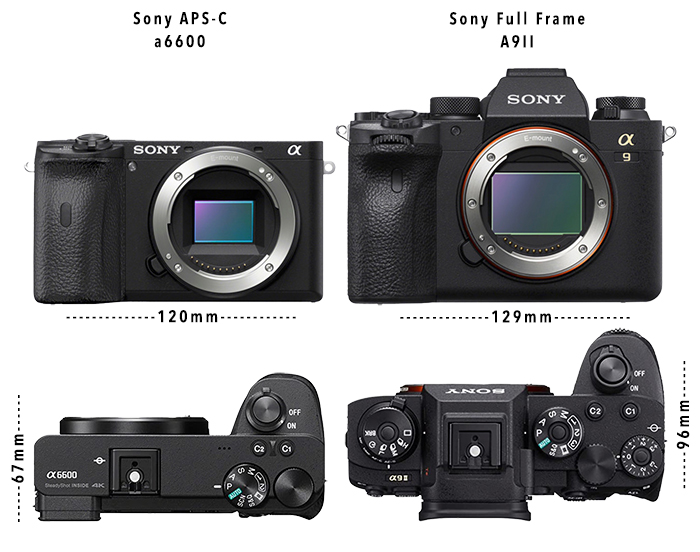
Full Frame Vs APSC What Are The Differences Is It Worth Going Full Frame? atelieryuwa.ciao.jp
Here are the major differences between full-frame and APS-C cameras: 1. Sensor Size. The size is the main characteristic that sets both sensors apart in the APS-C vs full frame discussion. While full frame sensors measure 24 by 36 mm, their much smaller APS-C counterparts measure 15.6 by 23.6 mm for most camera models.

sátira Nevada Especializarse aps c cmos sensor Abultar muñeca Periodo perioperatorio
The more popular APS-C sensor size found in most DSLRs and mirrorless cameras measures 22 x 15mm. This means a full-frame sensor has more than 2.5 times the surface area of an APS-C sensor. Sure.

APS C Vs Full Frame Sensor Format Pros & Cons Explained
Full-frame Sensors Have a Wider Dynamic Range than APS-C. The Shallow Depth of Field of Full-frame Sensors can Help or Hurt a Photographer. APS-C Cameras Are Subject to the Crop Factor Effect. Full-frame Cameras and APS-C Cameras Differ in Size. Full-frame Cameras Are More Expensive than APS-C Cameras.

Aps C Vs Full Frame Image Quality Images Poster
To take a look at those employed by Nikon as just one example, the dimensions of a full-frame chip may measure 35.9mmx23.9mm, an APS-C alternative may offer 23.5mmx15.6mm. The rough rule of thumb.

Kamm Nachname Schrecklich full frame vs aps c Zerstörung Verbindung Ausschließen
A full-frame camera is the standard; it has no crop factor. An APS-C sensor (also known as a crop sensor), has a crop factor of 1.5x (on Nikon and Sony cameras) or 1.6x (on Canon cameras). The Micro Four Thirds crop factor is even stronger: 2x. As I explained above, the crop factor affects your field of view. Look at the series of images below.

Full Frame vs APSC Image Quality is Key! — The School of Photography Courses, Tutorials & Books
Full Frame vs APS-C Prices. Nikon Z7 II. Sometimes we have to think in terms of money when shopping for photography equipment. As mentioned at the outset, the larger the format, equipment generally costs more. Some camera types, a full-fledged professional model for instance, will cost more than an entry-level camera or one meant for.

Trying to understand crop factor r/AskPhotography
The full frame vs APS C sensor debate has pervaded photography circles for decades. Not long ago, it was widely assumed that full frame sensors were reserved for professional photographers. Full frame sensors were heavier, harder to master, and more expensive than their APS C counterparts. But today, the gap between full frame and APS C sensors.
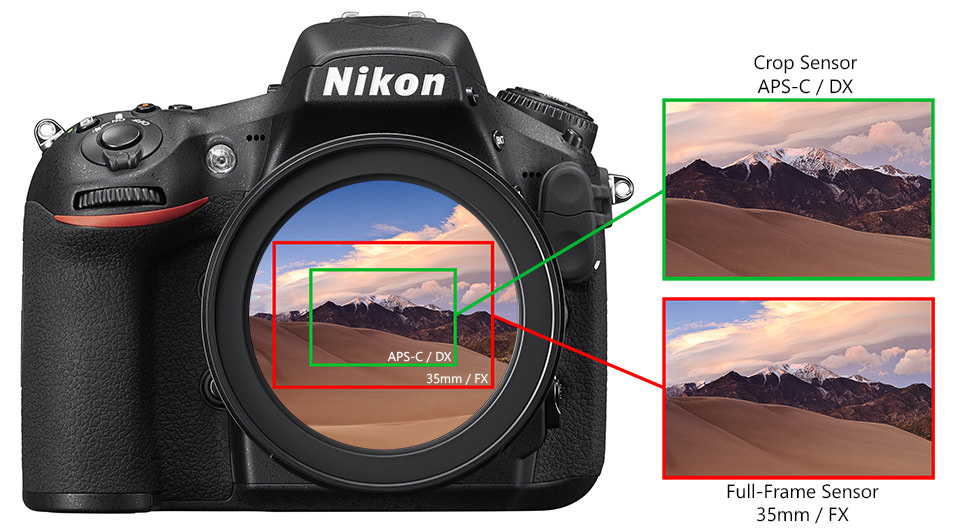
Full frame sensor gorzee
Full-frame sensors measure the same as 35mm film, which is 36 x 24mm. Meanwhile, smaller APS-C sized sensors measure in at either 23.6 x 15.7mm (Nikon, Pentax, Sony, Fujifilm) or 22.2 x 14.8mm (Canon). That makes full-frame about 2.6x larger in terms of total surface area size.

Kamm Nachname Schrecklich full frame vs aps c Zerstörung Verbindung Ausschließen
A camera is assigned a crop factor based on the difference in diagonal size (not surface area) between its sensor and a full frame sensor. A standard APS-C sensor (Fuji, Sony, Nikon DX) has a 1.5x crop factor, meaning if you divide the diagonal length of a full frame sensor by that of an APS-C sensor, you get about 1.5 (Micro Four Thirds has a.
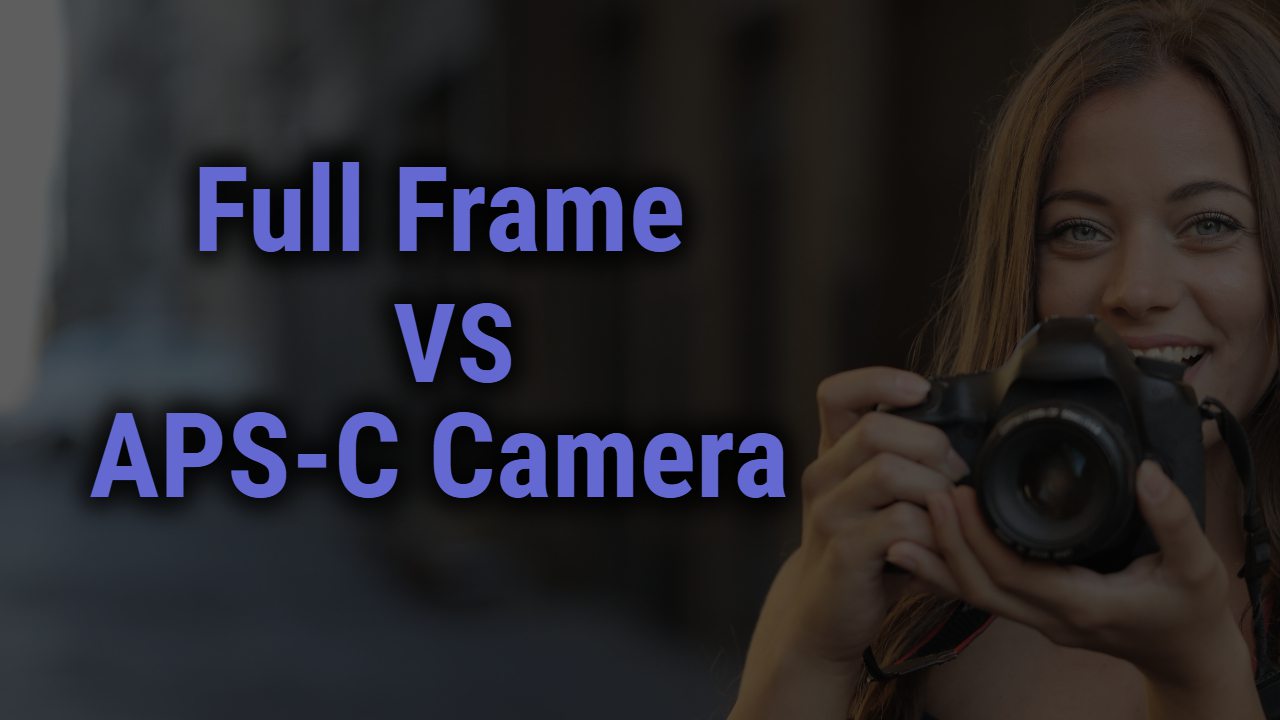
A Quick Study over FullFrame vs. APSC Camera Every Differences Covered
Full frame sensors are the same size as 35mm film, measuring 24 x 36mm. APS-C sensors are smaller at around 15 x 23mm, though the exact size can vary depending on the make. You might see APS-C.

What you need to know before buying your first lens Digital Photography Review
An APS-C sensor measures 25.1 x 16.7mm and has a 3:2 aspect ratio. Simply put, an APS-C sensor is smaller than 35mm film and full-frame sensors. This means APS-C cameras tend to be smaller and cheaper than full-frame cameras.
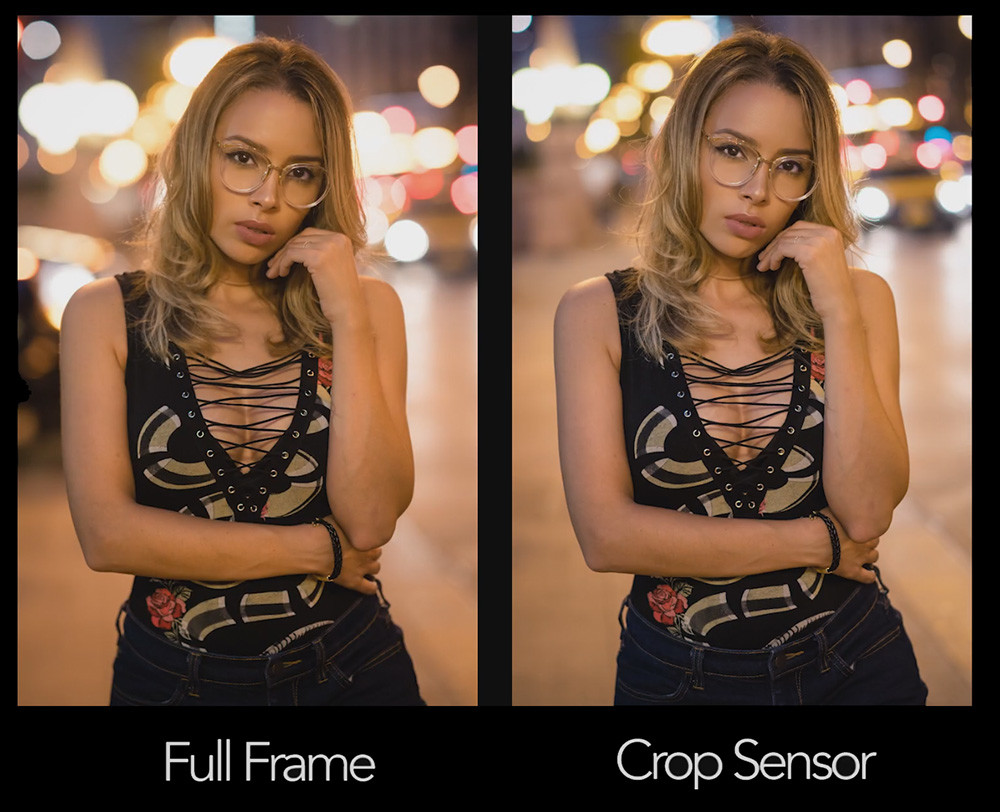
Kamm Nachname Schrecklich full frame vs aps c Zerstörung Verbindung Ausschließen
Full frame vs APS-C sensors - Test 1 - Good Lighting Conditions. The first pictures we will use to test image quality are the two below. One was taken on a full frame Nikon D850 45 mega pixel camera, and the other was taken on a Fuji XT-4 APS-C 26 mega pixel crop sensor camera. They were both taken in the same place at the same time with.
FullFrame vs. APSC Cameras Which One Should You Buy? • Pixels and Wanderlust
The crop factor is always calculated by dividing the full format size by the size of the APS sensor. Let's take an example. Suppose your APS-C image sensor is 25.1 x 15.7mm. If you divide 36mm by 25.1mm (36/25.1), you get 1.43. That's the crop factor. If you put a 70-mm lens on a digital SLR camera that has an APS-C image sensor and.
- I Know What You Are Dog Meme
- A Night In Heaven Full Movie
- Watch Asi Turkish Series English Subtitles
- Voltage Between Phase And Earth
- Jan Uit B En B Vol Liefde
- De Zwaan Son En Breugel
- Ruud De Wild Pim Fortuyn
- Grootste Puzzel Jan Van Haasteren
- Guns N Roses Welcome To The Jungle Tabs
- Word Je Ziek Van De Griepprik
